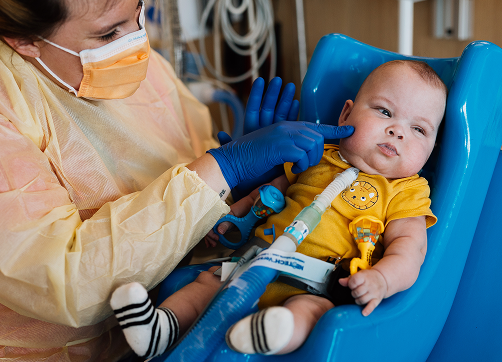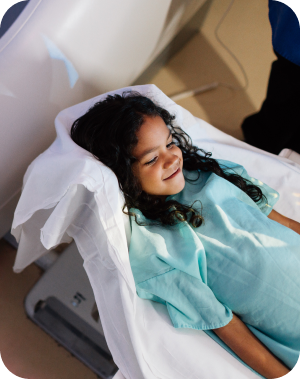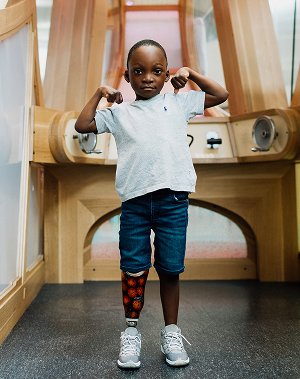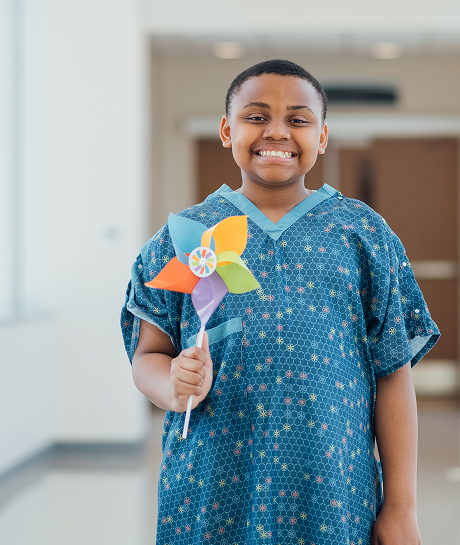gastroschisis


what is gastroschisis?
Gastroschisis is a condition that occurs in approximately 1 in 2,500 live births. It is one of a group of birth defects known as abdominal wall defects, which start very early in gestation and are characterized by an opening in the abdominal wall (belly) of the fetus. This condition may be detected by an ultrasound as early as week 12 of pregnancy.
Most of the time, it is only some of the intestines that come out through the hole and are exposed to the amniotic fluid around the fetus (which is one of the ways this condition is different from omphalocele, a similar defect). In more severe cases, other organs (liver, bladder, ovary, or testes) can also come partially or completely out through the hole. This opening is usually found to the right of the umbilicus (belly button). The unprotected intestine may become irritated by the amniotic fluid, causing it to swell and shorten. In some cases there is enough damage to a portion of the intestine that this portion has to be removed.
We do not know what causes gastroschisis. It is more common in young mothers. It does not appear to be inherited or “run in families.” Having one baby with gastroschisis does not make it more likely that you would have another baby with it.
what happens during pregnancy with gastroschisis?
Pregnancies in which the fetus has gastroschisis are at risk for certain complications such as poor fetal growth, decreased amniotic fluid volume, preterm delivery, and stillbirth.
At Dayton Children’s, we can arrange a prenatal consultation with a pediatric surgeon and neonatalogist to discuss your baby’s care.


what is the outlook for a child with gastroschisis?
After discharge, your baby will need follow-up visits with their pediatric surgeon and gastroenterologist to monitor their growth and development and the health of their intestines. The long-term outlook for these children is very good. While most babies do not experience long-term problems following gastroschisis repair, in severe cases children may continue to have difficulties with feeding and/or digestion.
what is the outlook for a child with gastroschisis?
After discharge, your baby will need follow-up visits with their pediatric surgeon and gastroenterologist to monitor their growth and development and the health of their intestines. The long-term outlook for these children is very good. While most babies do not experience long-term problems following gastroschisis repair, in severe cases children may continue to have difficulties with feeding and/or digestion.

related blogs
what to do while waiting for your child’s first gastroenterology appointment
read morehere when you need us
Whether you’re looking for the right provider, ready to make an appointment, or need care right now—we’re here to help you take the next step with confidence.

